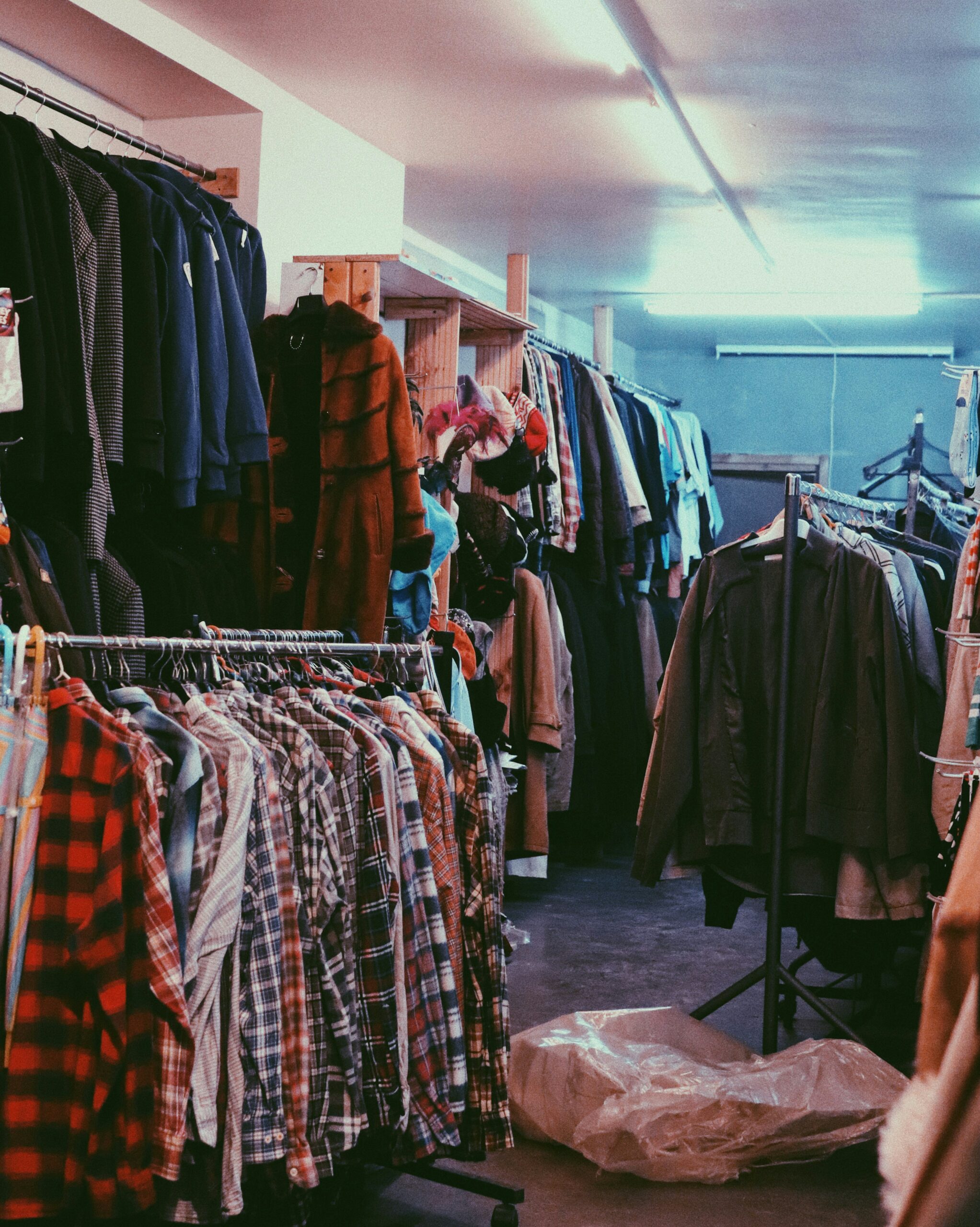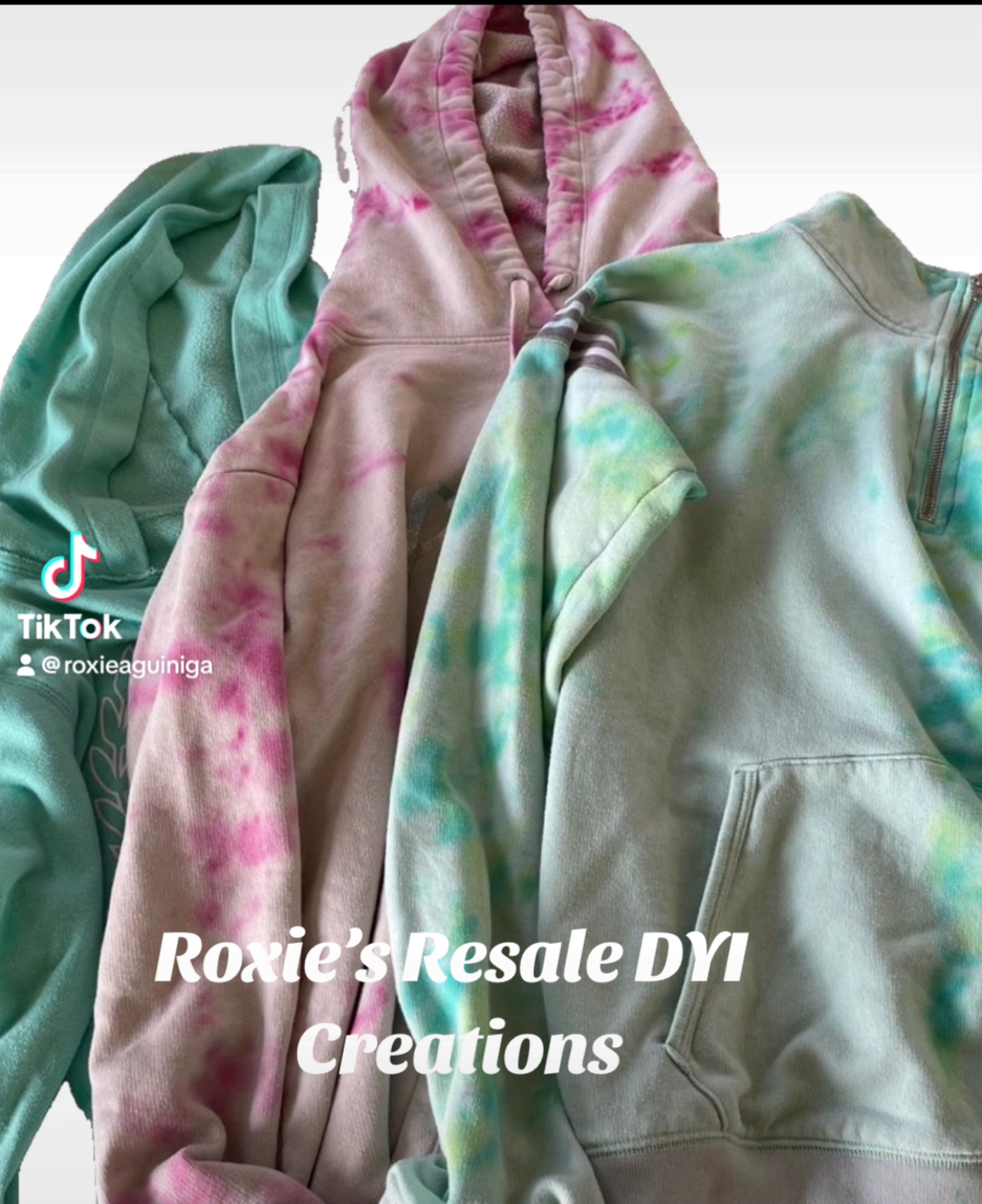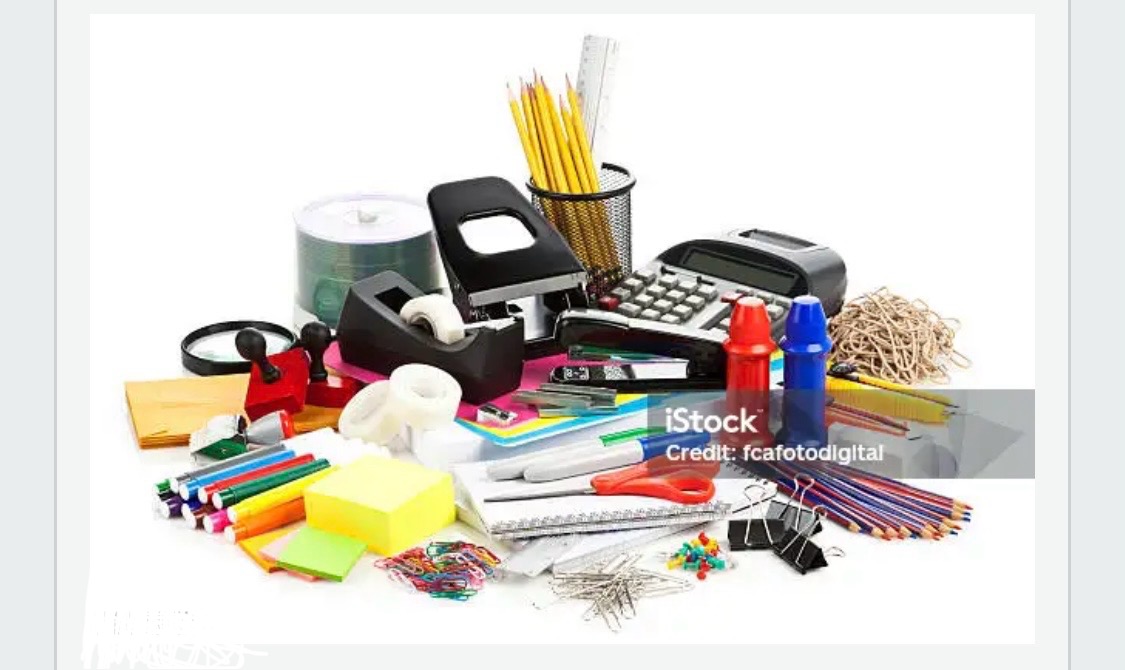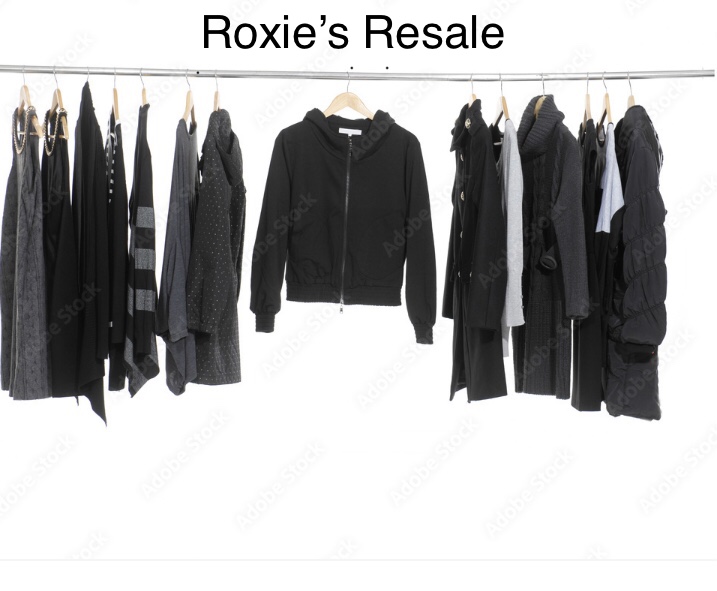Title: How to Become a Reseller and Start Selling Right Away
Introduction
In today’s fast-paced world, reselling has become a popular way to earn extra income or even build a full-time business. Reselling involves purchasing products at a lower price and then selling them at a higher price to make a profit. This article will guide you through the process of becoming a reseller and starting to sell right away.
Step 1: Identify Your Niche
The first step in becoming a reseller is to identify your niche. This is the area in which you will specialize and focus your efforts. Consider your interests, hobbies, and areas of expertise. Research the market to identify popular products and trends. Some popular niches include fashion, electronics, home goods, and beauty products.
Step 2: Choose Your Reselling Platform
Once you have identified your niche, it’s time to choose a platform to sell your products. There are several options available, including:
1. Online Marketplaces: Platforms like Amazon, eBay, and Etsy allow you to create a seller account and list your products for sale. These platforms have a large customer base and offer various tools to help you manage your sales.
2. Social Media: Social media platforms like Instagram, Facebook, and Pinterest can be used to showcase your products and reach potential customers. You can create a business account and use hashtags, stories, and paid advertising to promote your products.
3. Your Own Website: Creating your own website allows you to have complete control over your brand and sales process. You can use platforms like Shopify, WooCommerce, or WordPress to build your website and integrate payment gateways.
Step 3: Source Your Products
After choosing your platform, it’s time to source your products. There are several ways to do this, including:
1. Wholesale: Purchase products in bulk from a wholesaler at a discounted price. This allows you to sell the products at a higher price and make a profit.
2. Dropshipping: Partner with a supplier who will handle the storage, packaging, and shipping of your products. You only pay for the products when a customer places an order, and the supplier ships the product directly to the customer.
3. Manufacturing: If you have a unique product idea, you can work with a manufacturer to produce your products. This allows you to have complete control over the design, quality, and pricing of your products.
Step 4: Set Up Your Sales Process
Now that you have sourced your products, it’s time to set up your sales process. This includes:
1. Pricing: Determine the price at which you will sell your products. Consider the cost of the product, shipping, and any additional fees. Aim for a profit margin of at least 20-30%.
2. Shipping: Decide how you will handle shipping. If you are dropshipping, the supplier will handle shipping. If you are using a wholesaler or manufacturing your products, you will need to arrange for shipping.
3. Payment: Choose a payment gateway that is compatible with your platform. This will allow customers to pay for their purchases securely.
Step 5: Promote Your Products
To start selling right away, you will need to promote your products. Some effective marketing strategies include:
1. Social Media: Use social media platforms to showcase your products, engage with potential customers, and run targeted ads.
2. Influencer Marketing: Partner with influencers in your niche to promote your products to their followers.
3. Content Marketing: Create blog posts, videos, and other content to educate potential customers about your products and build trust.
4. Email Marketing: Build an email list and send regular newsletters to promote your products and offer exclusive discounts.
Conclusion
Becoming a reseller and starting to sell right away can be a rewarding and profitable venture. By identifying your niche, choosing the right platform, sourcing your products, setting up your sales process, and promoting your products, you can build a successful reselling business. Remember to stay up-to-date with market trends, listen to customer feedback, and continuously improve your offerings to ensure long-term success.
#roxiesresale #reselling #sellerstips













